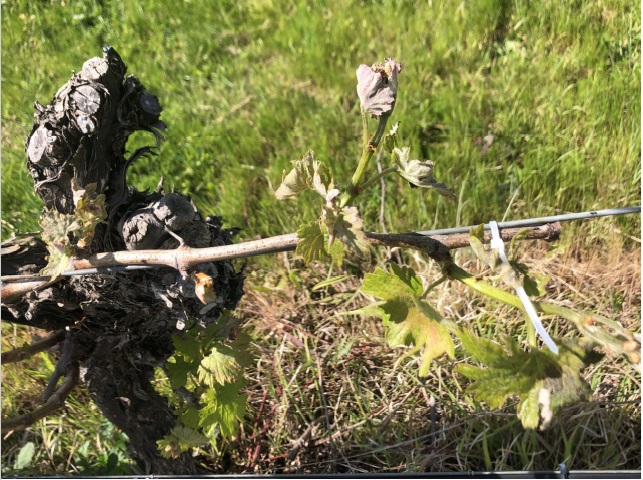As spring unfolds in Australia, the threat of frost damage to grapevines is a pressing concern that can have significant economic repercussions. Frost events can lead to substantial losses in yield and fruit quality, affecting long-term market viability.
Economic Impact of Frost Damage
Lime Sulphur is primarily used as a fungicide and insecticide. It appears as a yellowish liquid with a strong odour, reminiscent of rotten eggs. When diluted and applied to plants, it can help manage a variety of fungal diseases and pests. The key to its efficacy lies in its ability to disrupt the cellular function of fungi and insects, leading to their demise.
Frost can occur unexpectedly during critical growth stages, particularly during bud break and flowering. Losses can reach up to 50%of the crop in severe cases, leading to:
- Decreased Revenue: A reduction in grape quantity and quality directly affects profitability, with high-quality fruit fetching premium prices.
- Increased Management Costs: Vineyards may incur additional expenses related to frost mitigation strategies, such as wind machines or frost blankets.

The Role of Leaf Brix in Frost Resistance
Many Research studies have indicated that higher leaf brix levels correlate with increased frost tolerance in grapevines, depending on the stage of growth. The mechanisms behind this phenomenon include:
- Enhanced Sugar Accumulation: Higher sugar concentrations lower the freezing point of plant sap, allowing vines to withstand colder temperatures.
- Thicker Leaf wax layer: The wax layer on leaves significantly contributes to frost resistance by acting as a protective barrier that reduces water loss, helps regulate temperature, and inhibits ice crystal formation on leaf surfaces. Plants with higher brix levels often have thicker wax layers, which not only helps with frost resistance but also improves the plant’s ability to cope with other environmental challenges, ultimately leading to better survival rates in frosty conditions
Elevating Leaf Brix with PFF Gold and High K
To mitigate frost damage, it’s important to enhance leaf brix levels. We suggest using the following products through fertigation. If leaf damage occurs, a foliar application is also advised for a more immediate response
- PFF Gold: This advanced formulation enhances nutrient uptake and supports the metabolic processes that lead to increased sugar accumulation in leaves especially from bud formation to mid cell division. By promoting robust early vine health, PFF Gold aids in achieving optimal brix levels at early growth stages.
- High K: Rich in potassium, High K is critical for sugar transport within the plant. Increased potassium levels not only support overall vine health but also specifically target the mechanisms that enhance leaf brix from fruit filling to ripening.
Conclusion: Protecting Your Vineyard Investment
As we navigate this spring season, we encourage you to prioritise leaf brix enhancement in your vineyard management practices. By utilising PFF Gold and High K, you can boost your vines’ resilience against frost, safeguarding both your crop and your profitability.
For more information or to place an order for PFF Gold and High K, please contact us.